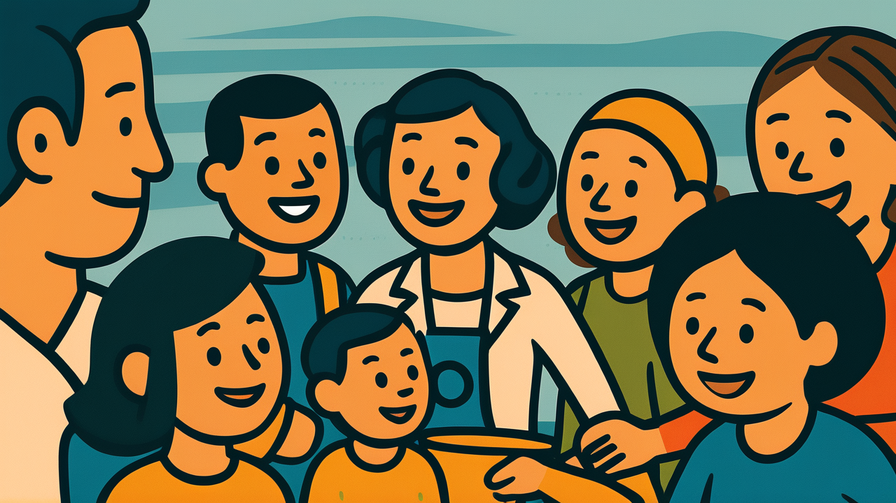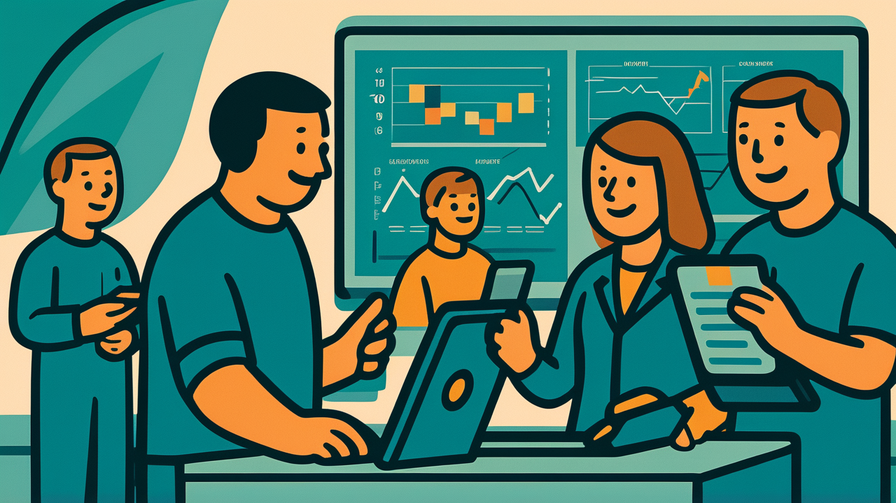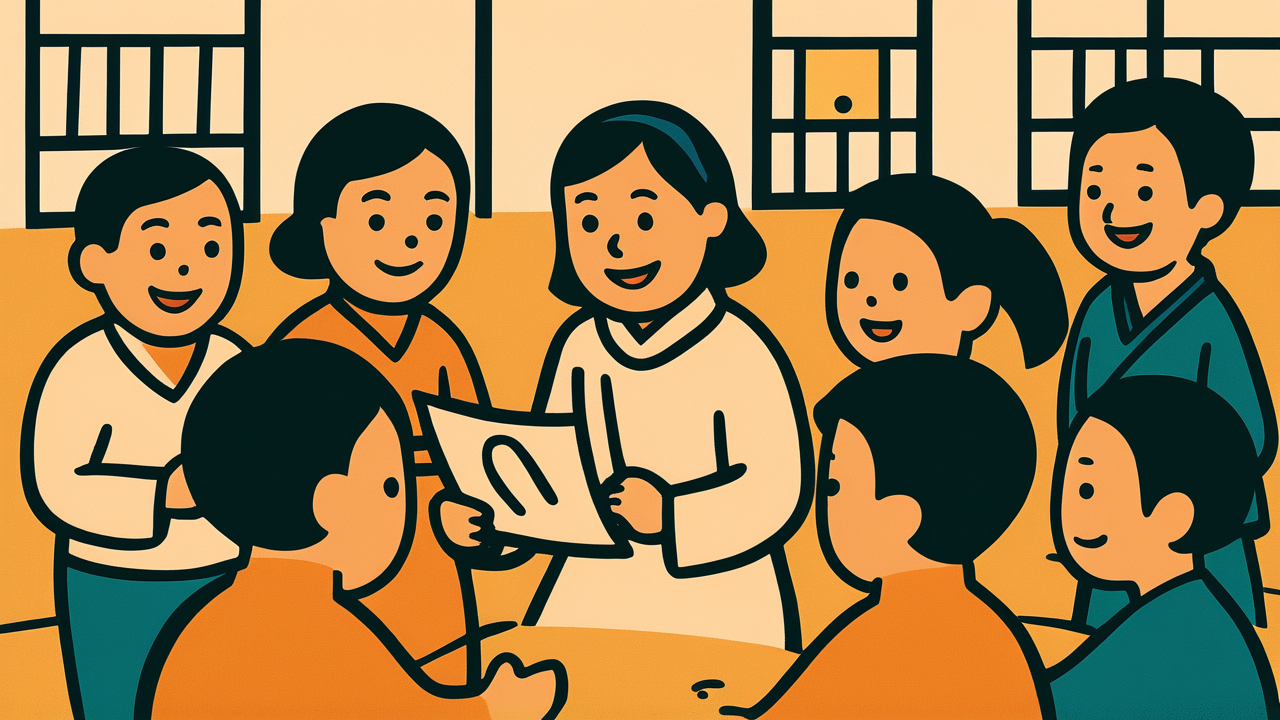[Disclaimer] This article is reconstructed based on information from external sources. Please verify the original source before referring to this content.
News Summary
The following content was published online. A translated summary is presented below. See the source for details.
Japan’s Digital Agency has announced the 2025 Well-Being Facilitator Training Program, an innovative initiative designed to help communities measure and improve residents’ happiness and quality of life. The program will train facilitators to use scientific Well-Being indicators – measurements that go beyond traditional economic metrics to assess how satisfied people are with their lives, relationships, and communities. These trained facilitators will then lead workshops in their local areas, helping city planners, community organizations, and residents work together to create happier, more livable cities. The training sessions are scheduled for August 2025, with two weekend sessions planned. Participants will learn how to conduct workshops, analyze Well-Being data, and help communities develop action plans based on what truly makes residents happy. This represents a significant shift in how Japanese cities approach urban planning, moving from focusing solely on economic growth to prioritizing citizen happiness and life satisfaction.
Source: Digital Agency Japan
Our Commentary
Background and Context

The concept of Well-Being as a measure of societal success has gained global attention in recent years. Traditional measurements like GDP (Gross Domestic Product) only tell us about economic activity, not whether people are actually happy or satisfied with their lives. Countries like Bhutan pioneered this approach with their “Gross National Happiness” index, and now Japan is implementing its own version. Well-Being indicators measure things like community connections, work-life balance, environmental quality, health, and personal fulfillment. Japan’s aging population and urban challenges make this particularly relevant – many Japanese cities face issues like social isolation, long work hours, and stress, despite being economically successful. This program represents Japan’s recognition that true progress means improving people’s actual lived experiences, not just economic numbers.
Expert Analysis
Urban planning experts see this as a revolutionary approach to city development. Traditional city planning often focuses on infrastructure, business districts, and efficiency, sometimes at the cost of livability. Well-Being-centered planning flips this by asking: “What actually makes people happy in their daily lives?” Research shows that factors like green spaces, community gathering places, walkable neighborhoods, and opportunities for social connection significantly impact happiness. The facilitator model is particularly smart because it ensures local communities have trained experts who understand both the science of Well-Being and the unique needs of their specific area. This bottom-up approach is more likely to create lasting change than top-down government mandates.
Additional Data and Fact Reinforcement
Studies show that people in cities with high Well-Being scores are 40% more likely to rate their lives as “thriving” compared to those in low-scoring cities. Japan’s pilot programs in 2023-2024 showed that communities using Well-Being indicators saw a 25% increase in civic participation and a 30% improvement in resident satisfaction scores. The program uses 50 standardized questions covering areas like social connections, physical health, mental wellbeing, and community belonging. Over 100 Japanese cities have already expressed interest in implementing Well-Being measurements, potentially affecting 30 million residents. International research indicates that every 1-point increase in community Well-Being scores correlates with a 2% decrease in healthcare costs and a 3% increase in local economic activity.
Related News
This initiative aligns with global trends in redefining success beyond economic metrics. New Zealand made headlines by introducing a “Well-Being Budget” that prioritizes mental health and child poverty reduction. Singapore has launched similar community happiness initiatives, focusing on reducing stress and improving work-life balance. In Europe, several cities are experimenting with “15-minute cities” designed to ensure all daily needs are accessible within a short walk or bike ride. The United Nations has incorporated Well-Being indicators into its Sustainable Development Goals. Even tech companies like Google and Microsoft are using employee Well-Being metrics to design better workplaces.
Summary

Japan’s Well-Being Facilitator Training Program represents a fundamental shift in how we think about successful communities. By training local experts to measure and improve happiness scientifically, Japan is pioneering an approach that could transform urban living worldwide. For students, this demonstrates how data and community engagement can work together to solve real-world problems. It shows that careers in urban planning, community development, and public service can directly impact people’s happiness and quality of life. As more cities adopt these approaches, we might see a future where your hometown actively works to make you and your neighbors happier, not just wealthier.
Public Reaction
Japanese residents have shown enthusiastic support for the initiative, with many expressing hope that it will address long-standing quality of life issues. Young professionals are particularly interested, seeing it as a way to improve work-life balance. Local governments report receiving numerous inquiries from citizens wanting to participate in workshops. Some business leaders initially worried about economic impacts but have been reassured by data showing happier communities are also more economically productive. Environmental groups praise the inclusion of green space and sustainability in Well-Being measurements.
Frequently Asked Questions
What exactly does a Well-Being facilitator do? They lead workshops where community members identify what makes them happy or unhappy in their city, analyze data about quality of life, and help create action plans for improvement.
How is happiness measured scientifically? Through surveys asking about life satisfaction, social connections, health, safety, and community belonging, which are then converted into numerical scores for comparison and tracking.
Could this approach work in other countries? Yes! The principles of measuring and improving Well-Being are universal, though specific indicators might need adjustment for different cultures and contexts.


